La via del Sale (in English, “the Salt Road”) refers to the history and culture of salt production in Sicily, especially in the Saline di Marsala area of the Riserva Naturale dello Stagnone, the largest nature reserve in Sicily, stretching from Marsala to Trapani and today managed by the World Wildlife Fund. These famous salt pans of Trapani and Paceco have a long history.
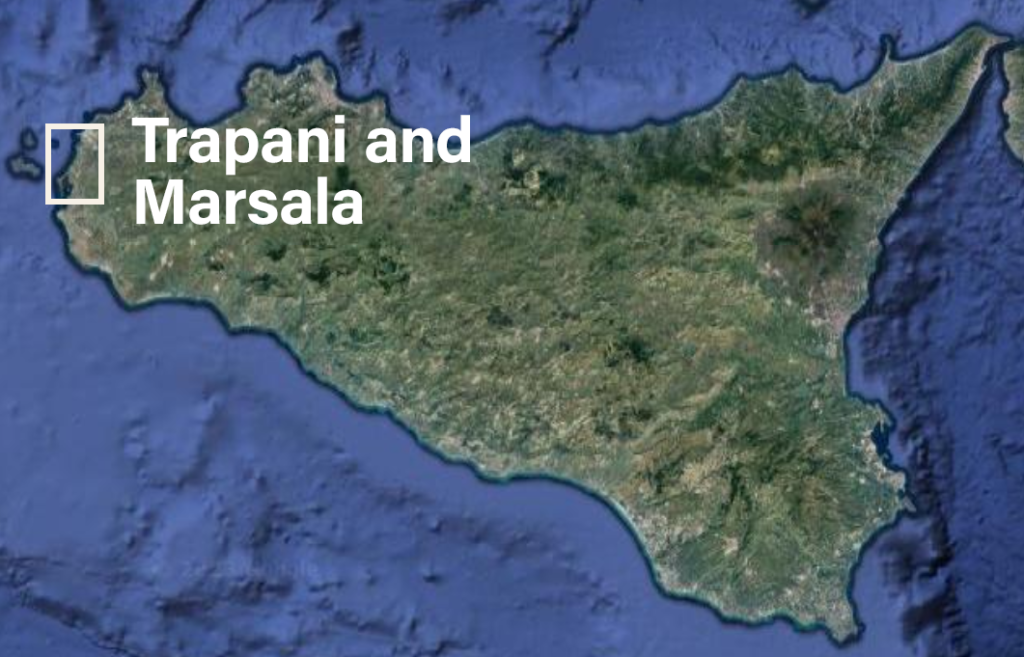
It was the ancient Phoenicians who introduced saliculture, the technique of salt production from seawater, later refined by Arab settlers. King Frederick II of Swabia (1090–1147 C.E.), recognizing the economic potential of the area, established a state monopoly on salt production.
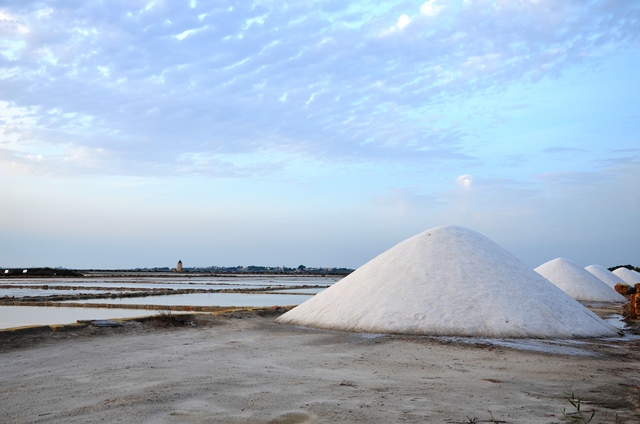
In the 15th Century, the region came under Spanish rule, and it was they who privatized the salt pans, a situation that would persist into the 20th Century. During this period salt production reached its peak, making the port of Trapani the most important European center for the trade of what was, at the time, a highly valued commodity. This, in turn, made the area irresistible to pirates, resulting in Trapani and its surrounds becoming heavily fortified.
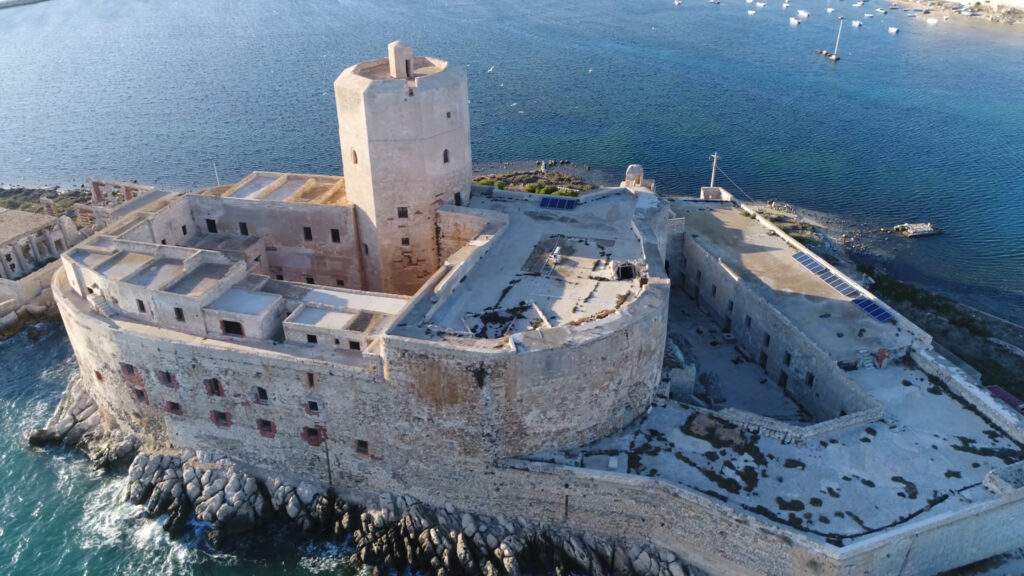
With the unification of Italy in 1861 came a government effort to nationalize as many industries as possible to create revenue for the new state. The salt pans escaped nationalization, however, and Trapani owners were the only producers to avoid the state monopoly on salt production by exporting it to different countries. This broke down in the 20th Century when competition from the industrialized salt pans in Cagliari and the outbreak of World War II led to their decline, resulting in many of the salt pans being abandoned altogether.
Today, the iconic windmills used for pumping saltwater and grinding salt still remain. Some are used for grinding salt while others pump saltwater from one basin to another. The wide variety of fish species and migratory birds such as Italian knights, wild ducks, herons, and white or pink flamingos, make this natural area unique.
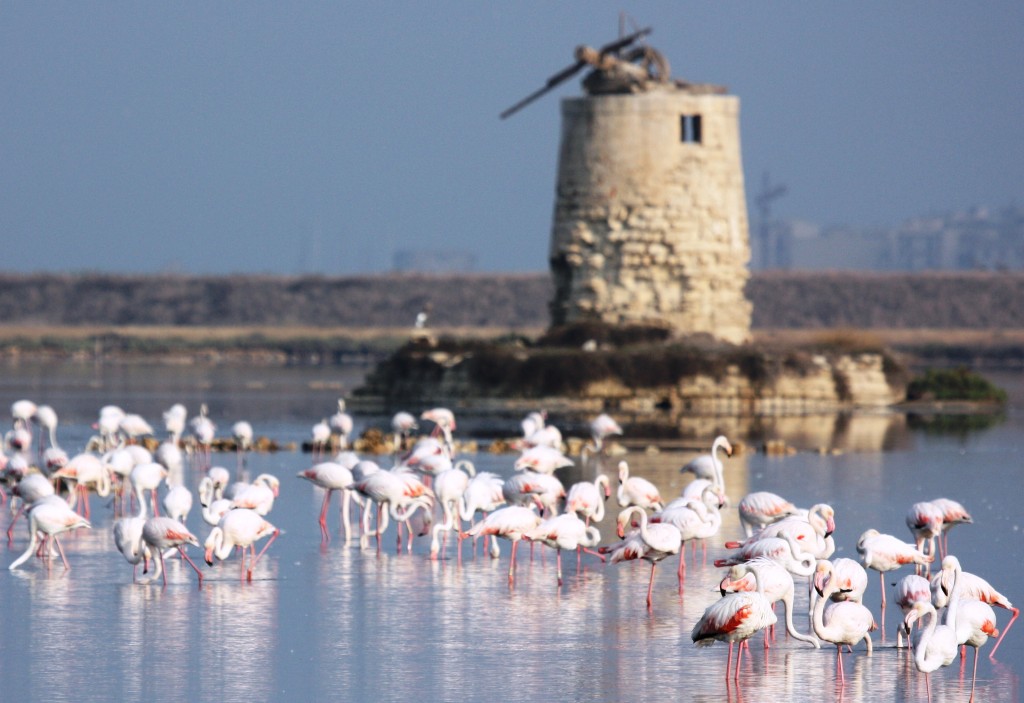
Mozia Island within the Stagnone Reserve is well-known for its archaeological sites. The museum there houses the “Giovinetto di Mozia,” a statue dating back to 450 B.C.E. that was probably brought to Mozia by the Carthaginians.
The Mulino Infersa is the most beautiful and well-preserved windmill in Marsala. Inside, a multimedia tour tells the story of salt and the salt pans. From July to early September, visitors can also witness the manual collection of salt, an ancient tradition that persists to the present day.
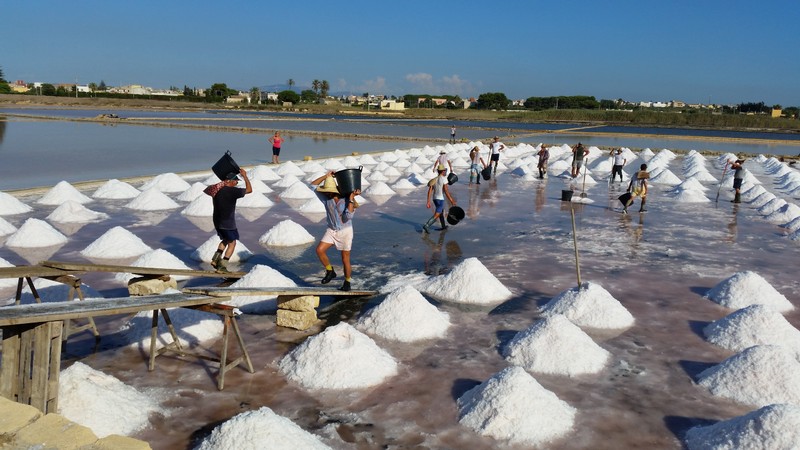
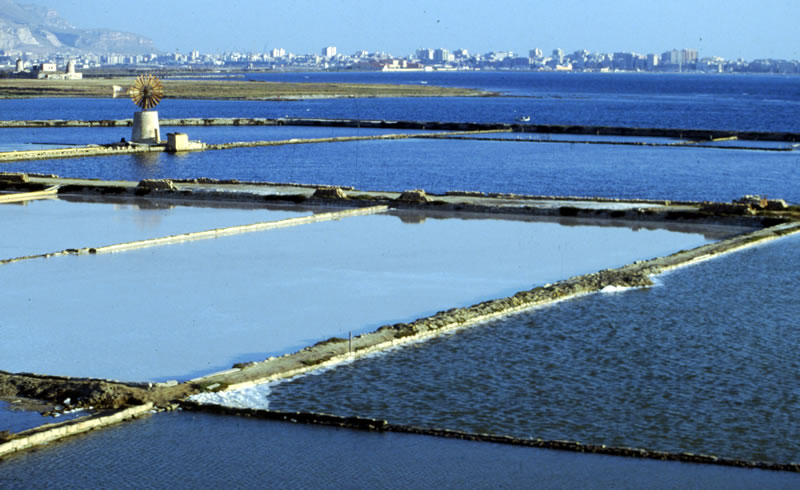
4 replies on “La via del Sale”
This is very interesting history, and thanks for publishing it!
I agree, very interesting! I’m Italian and I did not know this story! Really interesting!
I didn’t know this history – from salt production to fortress walls to flamingoes! Thanks for sharing.
Hi Winston, do not know yet!